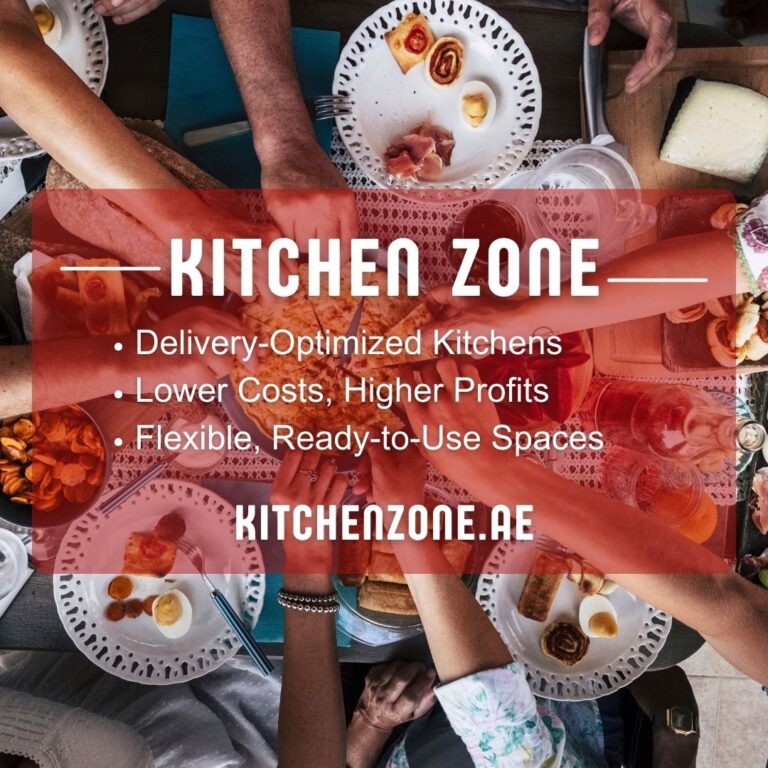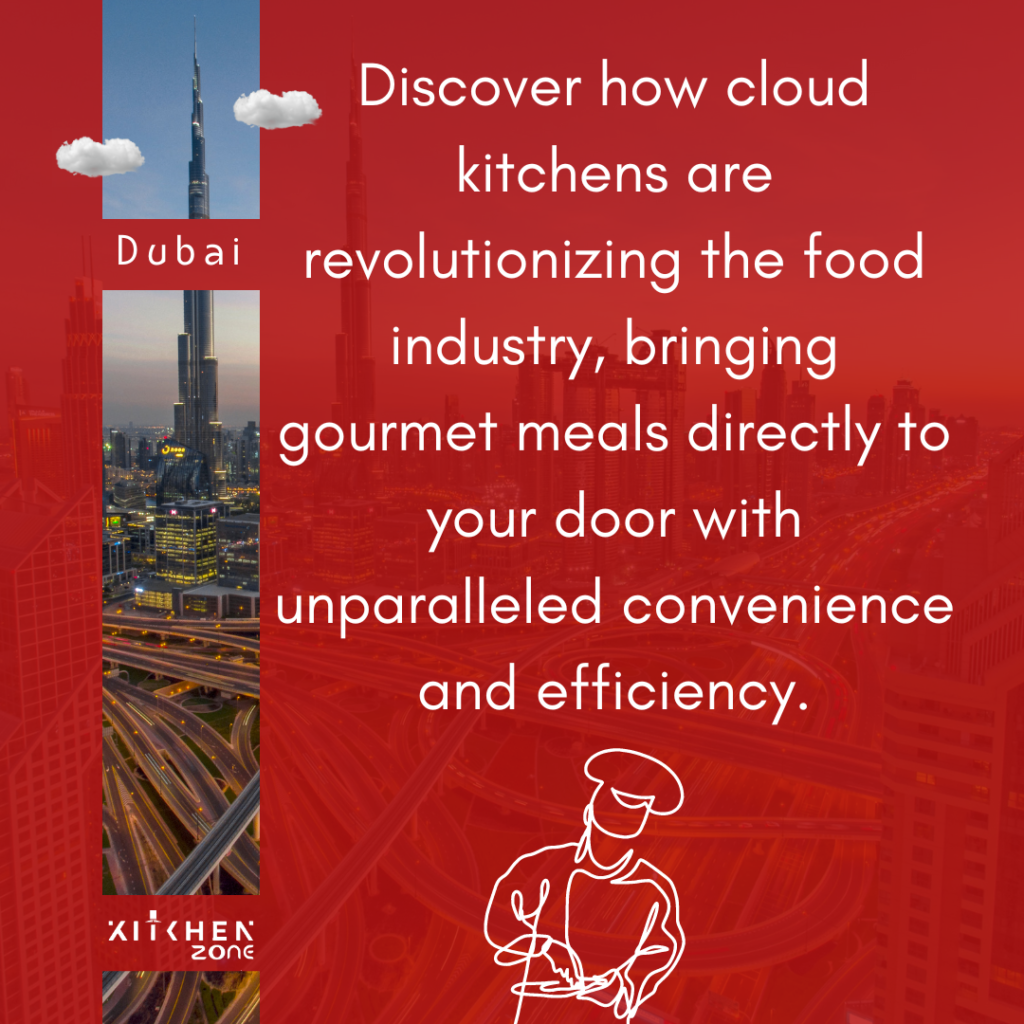Table of Contents
Unleashing the Power of Kitchen Connection: Tips for Creating a Culinary Community at Home
In a world where cooking can often feel solitary, cultivating a thriving culinary community at home can transform your kitchen into a vibrant hub of creativity and connection. Imagine gathering friends and family not just to share a meal but to dive into the joyous, hands-on experience of cooking together. From brainstorming the next weekend feast to exchanging favorite recipes, the act of cooking becomes more than just a chore—it evolves into an exciting social event. In this article, we’ll explore practical tips and innovative ideas to help you unleash the power of kitchen connection. Whether you’re a seasoned chef or a novice in the kitchen, fostering a culinary community can ignite passion, spark inspiration, and strengthen bonds through the universal language of food. Join us on this flavorful journey as we reveal how to turn your home kitchen into a lively gathering space that celebrates the art of cooking together.
Understanding the Importance of Kitchen Connection
In today’s fast-paced world, the kitchen often becomes a place of hurried meal preparations and fleeting moments of interaction. However, the kitchen can be more than just a space for cooking—it can be the heart of your home, a place where connections are nurtured and memories are created. By fostering a kitchen connection, you can transform routine cooking into a communal activity that brings people closer together. This concept goes beyond merely sharing a meal; it encompasses the entire process of preparing food, from planning and shopping to cooking and enjoying the fruits of your labor.
The importance of kitchen connection lies in its ability to forge deeper relationships among family members and friends. When people come together to cook, they engage in meaningful conversations, share laughter, and collaborate on creative culinary projects. This collective experience builds trust and enhances communication, as each person contributes their unique skills and ideas to the group effort. Moreover, cooking together can be a therapeutic activity, providing an opportunity to unwind and bond over a shared passion for food.
In addition to strengthening personal relationships, kitchen connection can also foster a sense of community and belonging. As people gather in the kitchen to cook, they create a warm and inviting environment that encourages participation and inclusivity. This communal atmosphere can be particularly beneficial for individuals who live alone or have limited social interactions, offering them a chance to connect with others and feel a part of something larger. Ultimately, the kitchen becomes a space where the joy of cooking is amplified by the presence of loved ones, creating lasting memories and cherished traditions.
The Benefits of Building a Culinary Community
Building a culinary community at home comes with a multitude of benefits that extend beyond the kitchen. One of the most significant advantages is the enhancement of social bonds. Cooking together allows individuals to share their culinary knowledge, learn new techniques, and experiment with different ingredients. This collaborative environment fosters mutual respect and appreciation for each other’s skills, leading to stronger and more meaningful relationships. As people work together to create delicious meals, they also develop a sense of teamwork and camaraderie that translates into other areas of their lives.
Another benefit of building a culinary community is the promotion of healthier eating habits. When individuals cook together, they are more likely to prepare meals from scratch using fresh, wholesome ingredients. This practice encourages mindful eating and helps people make informed choices about their diet. Additionally, cooking at home allows for greater control over portion sizes and dietary restrictions, ensuring that everyone’s nutritional needs are met. By prioritizing home-cooked meals, members of a culinary community can support each other’s health and well-being, leading to a more balanced and fulfilling lifestyle.
Furthermore, a culinary community can serve as a platform for cultural exchange and diversity. By incorporating recipes from different cultures, individuals can broaden their culinary horizons and gain a deeper understanding of global cuisines. This exposure to diverse flavors and cooking techniques fosters an appreciation for cultural heritage and promotes inclusivity. Sharing cultural recipes also provides an opportunity to celebrate traditions and honor the culinary contributions of various communities. As a result, a culinary community becomes a rich tapestry of shared experiences and culinary exploration, enriching the lives of its members.
How to Start Your Culinary Community at Home
Starting a culinary community at home begins with a genuine passion for cooking and a desire to share that passion with others. The first step is to identify individuals who share your interest in food and cooking. This can include family members, friends, neighbors, or even colleagues. Once you have a group of like-minded individuals, discuss the idea of creating a culinary community and gauge their interest and commitment. It’s important to ensure that everyone is enthusiastic about the concept and willing to contribute their time and effort.
Next, establish a regular schedule for your culinary gatherings. Consistency is key to building a thriving community, so choose a day and time that works for everyone and stick to it. Whether it’s a weekly dinner party, a monthly cooking class, or a weekend brunch, having a set schedule helps maintain momentum and encourages participation. Additionally, consider creating a rotating host system where different members take turns hosting the gatherings. This approach ensures that the responsibility is shared and that each person has the opportunity to showcase their culinary skills.
To further strengthen your culinary community, set clear goals and expectations. Discuss the type of activities you want to engage in, such as recipe exchanges, cooking challenges, or themed dinners. Encourage open communication and collaboration, allowing everyone to contribute their ideas and preferences. It’s also important to create a supportive and inclusive environment where individuals feel comfortable trying new things and making mistakes. By fostering a sense of belonging and mutual respect, you can cultivate a culinary community that thrives on creativity and connection.
Engaging Activities to Foster Kitchen Connection
Engaging activities are essential for fostering kitchen connection and keeping your culinary community vibrant and exciting. One popular activity is hosting themed cooking nights. Choose a theme based on a specific cuisine, holiday, or seasonal ingredient, and plan a menu around it. For example, you could have an Italian night with homemade pasta and gelato or a Mexican fiesta with tacos and churros. Themed cooking nights provide an opportunity to explore new flavors and techniques while creating a fun and immersive experience for everyone involved.
Another engaging activity is organizing cooking challenges or competitions. Set up friendly contests where participants can showcase their culinary creativity and skills. You could have a bake-off, a mystery ingredient challenge, or a cook-off where each person prepares their version of a classic dish. Cooking challenges add an element of excitement and competition, motivating individuals to push their boundaries and experiment with new recipes. Be sure to include a judging panel and prizes to make the event even more enjoyable.
Additionally, incorporating cooking classes or workshops into your culinary community can be highly beneficial. Invite guest chefs or experienced home cooks to teach specific techniques or cuisines. These classes can cover a wide range of topics, from bread baking and sushi making to vegan cooking and food preservation. Cooking classes provide valuable learning opportunities and allow members to expand their culinary repertoire. Moreover, they foster a sense of collaboration and mutual support, as individuals share their knowledge and help each other improve.
Incorporating Cultural Recipes for Diversity
Incorporating cultural recipes into your culinary community is a wonderful way to celebrate diversity and enrich your cooking experiences. Start by exploring the culinary traditions of different cultures and selecting recipes that intrigue you. Research the history and significance behind these dishes, and share this information with your community. Understanding the cultural context adds depth to the cooking process and fosters appreciation for the heritage behind each recipe.
Encourage members of your culinary community to contribute their cultural recipes and share their personal stories. This exchange of recipes and experiences creates a rich tapestry of flavors and traditions, allowing everyone to broaden their culinary horizons. For example, someone might share a cherished family recipe for Indian curry, while another might introduce the group to traditional Japanese sushi rolls. These contributions not only enhance the diversity of your culinary community but also strengthen the bonds among its members.
To further celebrate cultural diversity, consider hosting international potluck dinners where each person brings a dish from their culture. These gatherings provide an opportunity to taste a variety of cuisines and learn about different cooking techniques. Additionally, you could organize cooking classes focused on specific cultural cuisines, inviting guest chefs or home cooks to teach authentic recipes. By incorporating cultural recipes into your culinary community, you create a vibrant and inclusive environment that honors the rich heritage of global cuisines.
Utilizing Technology to Enhance Your Culinary Community
In the digital age, technology offers numerous tools and platforms to enhance your culinary community and facilitate kitchen connection. One effective way to utilize technology is by creating a dedicated online space for your community. This could be a private Facebook group, a WhatsApp chat, or a community forum where members can share recipes, post cooking tips, and discuss upcoming events. An online space fosters continuous engagement and allows members to stay connected even when they are not physically together.
Virtual cooking classes and workshops are another excellent use of technology to enhance your culinary community. Platforms like Zoom and Skype enable you to host live cooking sessions with participants from different locations. These virtual classes can cover a wide range of topics, from basic cooking skills to advanced techniques. Additionally, you can invite guest chefs or culinary experts to conduct online workshops, providing valuable learning opportunities for your community. Virtual cooking classes offer flexibility and convenience, allowing members to participate from the comfort of their own homes.
Social media is a powerful tool for showcasing your culinary community and inspiring others to join. Create accounts on platforms like Instagram, Facebook, and Pinterest to share photos and videos of your cooking events, recipes, and culinary creations. Use hashtags and engage with other food enthusiasts to expand your reach and connect with a broader audience. Social media also allows you to share live updates and behind-the-scenes glimpses of your culinary activities, fostering a sense of excitement and anticipation among your community members.
Tips for Hosting Successful Cooking Events
Hosting successful cooking events requires careful planning and attention to detail. Start by selecting a theme or concept that will appeal to your community members. Consider their preferences and dietary restrictions to ensure that everyone can participate and enjoy the event. Once you have a theme, plan a menu that aligns with it and includes a variety of dishes to cater to different tastes. Create a detailed shopping list and assign tasks to each participant, ensuring that the workload is evenly distributed.
Preparation is key to a smooth and enjoyable cooking event. Set up your kitchen in advance, ensuring that all ingredients and equipment are readily available. Organize the space to accommodate multiple cooks, creating designated areas for chopping, cooking, and plating. Provide clear instructions and timelines for each dish, allowing participants to follow along easily. Additionally, consider setting up a communal table where everyone can gather and interact throughout the cooking process.
Creating a welcoming and inclusive atmosphere is essential for hosting successful cooking events. Encourage open communication and collaboration, allowing everyone to contribute their ideas and skills. Foster a sense of teamwork and support, helping each other with tasks and troubleshooting any issues that arise. Most importantly, focus on the joy and fun of cooking together, celebrating the creativity and connection that comes with shared culinary experiences. By prioritizing these elements, you can ensure that your cooking events are memorable and enjoyable for all participants.
Encouraging Participation and Collaboration
Encouraging participation and collaboration is vital for maintaining an active and engaged culinary community. Start by fostering a sense of ownership among your members, allowing them to take on leadership roles and contribute their ideas. This can include planning events, selecting themes, or leading cooking classes. By empowering individuals to take initiative, you create a collaborative environment where everyone feels valued and motivated to participate.
Create opportunities for members to share their skills and knowledge. Host cooking demonstrations where individuals can showcase their expertise and teach others. Encourage recipe exchanges and cooking challenges that inspire creativity and experimentation. Additionally, consider organizing collaborative cooking projects where participants work together to create elaborate dishes or themed meals. These activities promote teamwork and mutual support, strengthening the bonds within your culinary community.
To further encourage participation, maintain open and transparent communication. Regularly update your members on upcoming events, new activities, and any changes to the schedule. Use online platforms and social media to keep everyone informed and engaged. Additionally, solicit feedback and suggestions from your community, allowing them to voice their opinions and contribute to the planning process. By creating a culture of inclusivity and collaboration, you can ensure that your culinary community remains active and thriving.
Sharing Your Culinary Journey on Social Media
Sharing your culinary journey on social media is a powerful way to inspire others and showcase the vibrancy of your culinary community. Start by creating dedicated accounts on platforms like Instagram, Facebook, and Pinterest. Use these accounts to post photos and videos of your cooking events, recipes, and culinary creations. Capture the essence of your community through candid shots and behind-the-scenes glimpses, highlighting the joy and connection that comes with cooking together.
Engage with your audience by sharing interactive content and encouraging participation. Use polls, quizzes, and challenges to involve your followers and create a sense of excitement. Host live cooking sessions or Q&A sessions where you can interact with your audience in real-time. Additionally, consider collaborating with other food enthusiasts or influencers to expand your reach and connect with a broader audience. By actively engaging with your followers, you can build a loyal and supportive community that shares your passion for cooking.
Consistent and authentic storytelling is key to creating a compelling social media presence. Share personal anecdotes, culinary tips, and the stories behind your recipes. Highlight the contributions of your community members, celebrating their skills and creativity. Use hashtags and captions to convey the essence of your culinary journey, making it relatable and inspiring. Most importantly, stay true to your vision and values, creating content that reflects the heart of your culinary community.
Conclusion: The Lasting Impact of Kitchen Connection
The lasting impact of kitchen connection goes beyond the immediate joy of cooking together—it creates enduring bonds and cherished memories that enrich our lives. By fostering a culinary community at home, you transform your kitchen into a space of creativity, collaboration, and connection. The shared experiences of preparing and enjoying meals together build trust, enhance communication, and celebrate the universal language of food.
As you continue to nurture your culinary community, you will witness the profound effects on your relationships and well-being. Cooking together promotes healthier eating habits, encourages cultural exchange, and provides therapeutic benefits. It strengthens the sense of belonging and inclusivity, offering a supportive environment where individuals can thrive. The kitchen becomes a sanctuary of warmth and connection, where the joy of cooking is amplified by the presence of loved ones.
Ultimately, the power of kitchen connection lies in its ability to bring people closer and create lasting memories. Whether you are a seasoned chef or a novice cook, the act of cooking together fosters a sense of camaraderie and celebration. Embrace the journey of building your culinary community, and savor the moments of connection and creativity that unfold in your kitchen. As you unleash the power of kitchen connection, you will discover the true essence of cooking—a joyful and communal experience that nourishes both body and soul.





